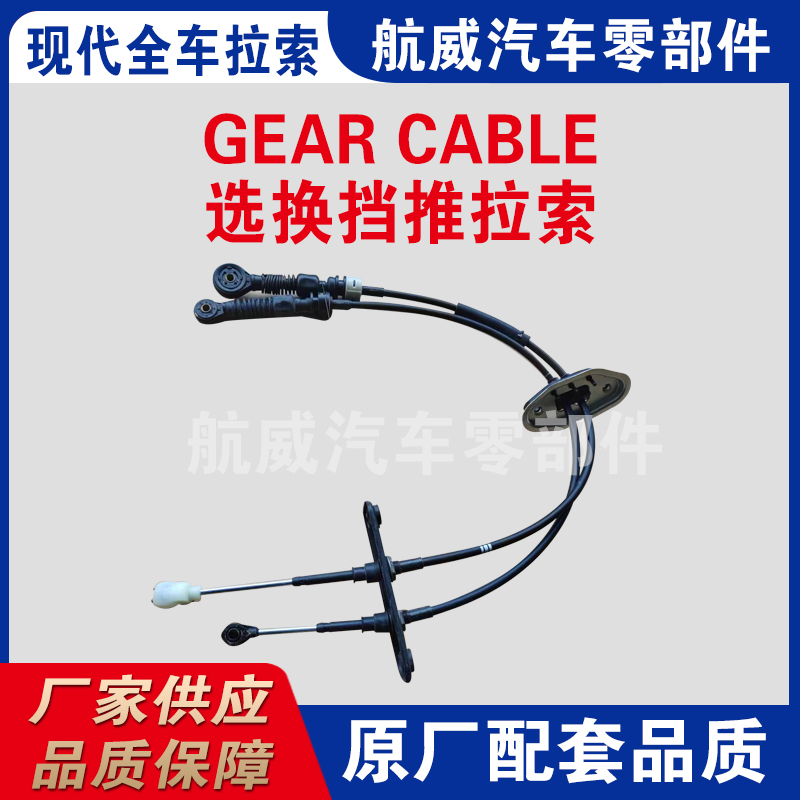Understanding the Importance of the Emergency Brake Line for Vehicle Safety Maintenance and Functionality
Understanding the E-Brake Line Importance, Function, and Maintenance
The emergency brake, commonly referred to as the e-brake or handbrake, plays a crucial role in vehicle safety. While most drivers primarily rely on their regular braking system for day-to-day stopping, the e-brake serves a specific purpose that is essential for both safety and control. One of the most important components of the e-brake system is the e-brake line.
What is the E-Brake Line?
The e-brake line is a cable or hydraulic line that connects the emergency brake lever—located either on the dashboard or between the front seats—to the braking mechanism of the rear wheels. In a traditional mechanical setup, this line is often a steel cable that pulls the brake shoes into contact with the brake drum or engages the calipers in disc brakes when the lever is pulled. In contrast, modern vehicles may use a hydraulic system, where fluid pressure is applied to achieve the same effect.
The Function of the E-Brake Line
The primary function of the e-brake line is to enable the driver to activate the emergency brake quickly and effectively. This system is not only used to prevent the vehicle from rolling away when parked but also serves as a crucial safety feature in case the primary braking system fails. For example, in a scenario where the main brake system fails due to a hydraulic leak or mechanical failure, pulling the e-brake can bring the vehicle to a halt, potentially avoiding an accident.
Importance of the E-Brake Line in Vehicle Control
Beyond its emergency functions, the e-brake line is also integral in executing specific driving maneuvers. In motorsports, drivers often utilize the e-brake to induce oversteer or to help navigate tight corners more effectively. This technique, known as drifting, showcases how controlling the rear wheels can enhance maneuverability and performance. However, this should be done with caution, as improper use can lead to loss of control.
e brake line

Maintenance of the E-Brake Line
Like all automotive components, the e-brake line requires regular maintenance to ensure it functions correctly. Here are a few tips for maintaining the e-brake line
1. Regular Inspections Drivers should periodically check the e-brake line for signs of wear, fraying, or rust. Any visible damage can impair its functionality and should be addressed immediately.
2. Adjustment Over time, the tension in the e-brake line may loosen, leading to insufficient braking force. Regular adjustments ensure that the e-brake engages properly.
3. Lubrication For cable-based e-brake systems, lubricating the cable can prevent it from sticking and ensure smooth operation.
4. Professional Service When in doubt, it’s always wise to consult a professional mechanic for a thorough inspection and service of the braking system. This not only includes the e-brake line but also the primary braking components.
Conclusion
In conclusion, the e-brake line is a vital component of the emergency braking system in any vehicle. Its functionality extends beyond merely holding a parked car in place; it serves as a backup in emergencies and contributes to overall vehicle control. Regular maintenance and inspection of the e-brake line are essential to ensure safety and performance. By understanding its significance, drivers can better appreciate the complexities of vehicle safety systems and their importance in daily driving experiences. Whether for everyday use or in critical situations, the e-brake line remains a critical aspect of automotive safety that shouldn't be overlooked.
-
Workings of Clutch Pipe and Hose SystemsNewsJun.04,2025
-
The Inner Workings of Hand Brake Cable SystemsNewsJun.04,2025
-
The Secrets of Throttle and Accelerator CablesNewsJun.04,2025
-
The Hidden Lifeline of Your Transmission Gear Shift CablesNewsJun.04,2025
-
Demystifying Gear Cables and Shift LinkagesNewsJun.04,2025
-
Decoding Clutch Line Systems A Comprehensive GuideNewsJun.04,2025
